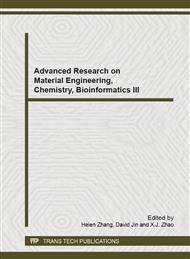p.422
p.426
p.431
p.435
p.439
p.444
p.448
p.455
p.459
Study on Power Generation Expansion Planning Model Based on NOx Total Emission Control and Low Carbon Economy Effect
Abstract:
Acid rain and greenhouse effect are the major air pollution problems in China, and the goals for the total emission control of NOx and total energy consumption control begin to move forward in the 12th five-year plan. NOx emission reduction and energy saving of coal-fired power plants are still put in a strategic position. Accordingly, it is of great significance to carry out power planning work, considering effect of NOx emission index and energy saving on power industry. In this study, a mixed 0-1 integer linear power generation expansion model based on total emission control of NOx and low carbon economy effect is developed for the first time, which can be used for studying the change of power structure, confirming the releasing emissions of NOx from power system for development and reducing energy consumption by total amount control of power coal consumption and CO2 emission growth rate. The model is applied to the power system in Heilongjiang province and the results indicate that the proposed model not only can meet the requirement of power generation expansion management, but also can help the power industry clear the economic impact of NOx emission reduction on self-development and achieve the energy saving target.
Info:
Periodical:
Pages:
439-443
Citation:
Online since:
October 2013
Authors:
Price:
Сopyright:
© 2014 Trans Tech Publications Ltd. All Rights Reserved
Share:
Citation:


